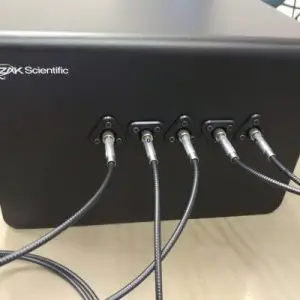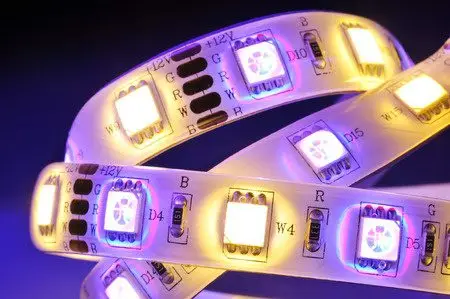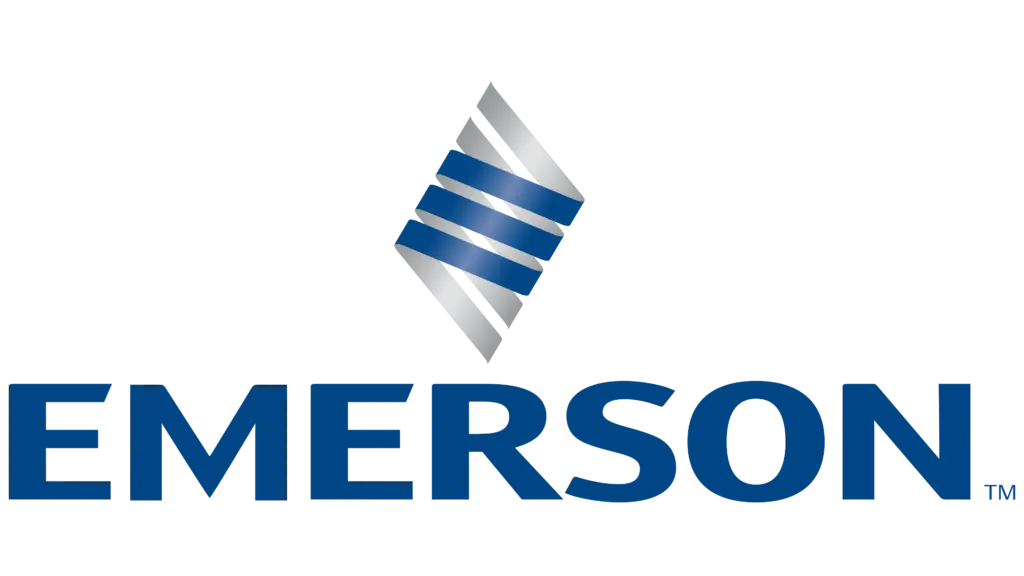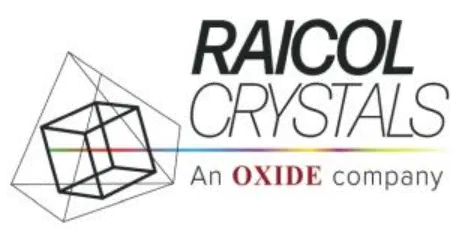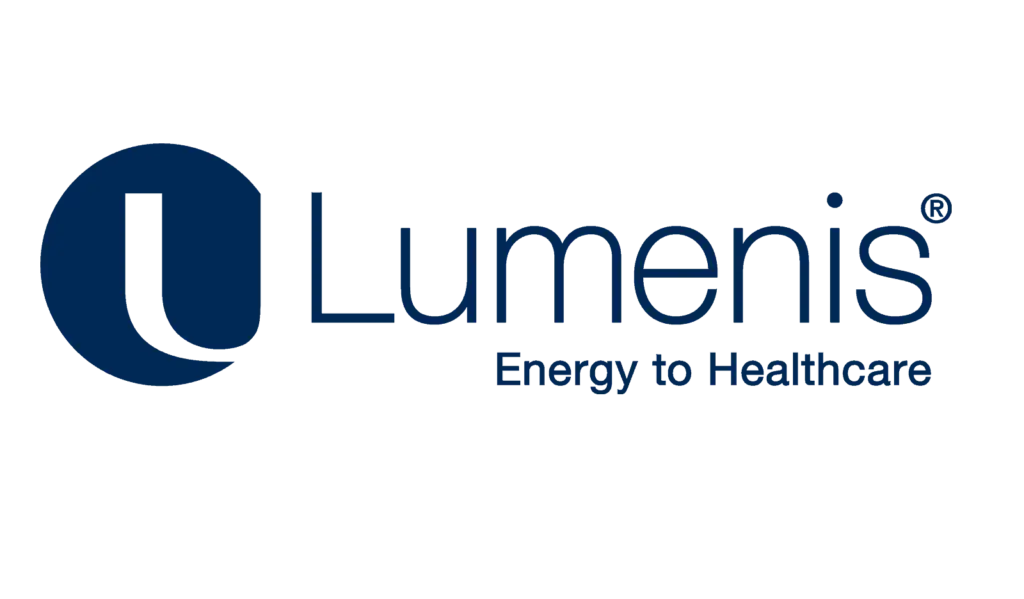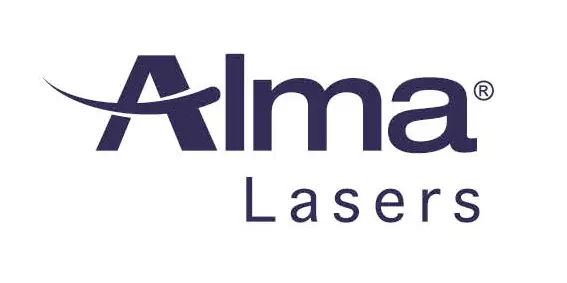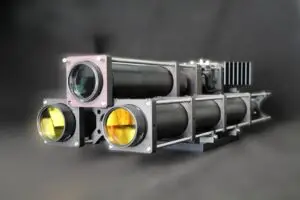Laser beam profilers are indispensable tools in the field of photonics, playing a crucial role in measuring and characterizing the spatial distribution of laser beams. Their application spans a broad range of fields, from quantum optics research to industrial quality assurance, making them vital for both scientific exploration and practical implementation. This article delves into the diverse applications of laser beam profilers, explores the different wavelength bands and the lasers within them, and introduces the advanced beam profiling solutions offered by IZAK Scientific.
Diverse Applications of Laser Beam Profiling
Laser beam profiling is pivotal in numerous domains, each with its unique requirements and challenges:
Quantum Optics Research: In this cutting-edge field, precise beam profiling is essential for experiments involving quantum entanglement, quantum computing, and quantum sensing. The ability to accurately measure beam shape, size, and uniformity directly influences the quality of experimental data and the verification of quantum theories.
Research and Development (R&D): Innovators rely on beam profilers to refine laser designs, enhance beam quality, and develop new laser-based technologies. Profiling provides critical feedback for improving the performance and efficiency of laser systems.
Quality Assurance and Testing: In manufacturing environments, beam profilers are used to ensure that laser systems meet stringent quality standards. This includes applications in semiconductor fabrication, automotive manufacturing, and medical device production, where consistency and precision are paramount.
Material Processing: Lasers are widely used for cutting, welding, and engraving materials. Beam profiling helps in optimizing these processes by ensuring the laser’s focus and intensity are accurately controlled for clean, precise cuts and joins.
Medical Applications: In fields such as ophthalmology, dermatology, and surgery, laser beam profilers assist in calibrating equipment to ensure patient safety and the effectiveness of treatments.
Telecommunications: In the development and testing of fiber optic communication systems, beam profiling is essential for ensuring the efficient coupling of laser light into optical fibers.
Academic Research: Laser Beam profiler as an Educational Tool, students in a third-year instrumental laboratory used laser beam profilers to learn about laser beam parameters like quality factor, ellipticity, and diameter. This hands-on experience with laboratory-grade optics and optomechanics is crucial for understanding laser beam characteristics and the importance of precise measurements in modern optics research.
High-Power Laser Profiling: A fiber-based beam profiler was designed for high-power laser beams in confined spaces and ultra-high vacuum environments. This innovation addresses the challenge of measuring beam profiles in settings where traditional methods are not feasible, demonstrating the importance of beam profiling in maintaining laser performance in specialized applications

Wavelength Bands and Laser Types
Laser beams can be categorized into different wavelength bands, each with specific applications and corresponding laser types:
Visible (VIS) and Near-Infrared (NIR): Lasers in the Visible (VIS) and Near-Infrared (NIR) spectrum, covering wavelengths from about 400 nm to 2500 nm, play a crucial role in various industrial applications. This spectrum includes lasers such as diode lasers, Nd:YAG, and fiber lasers, which are utilized in a broad range of fields including medical treatments, laser displays, material processing, telecommunications, and entertainment. The use of a laser beam profiler in these applications is essential for optimizing laser performance and ensuring precision in the final outcome.
Industrial Applications and Uses
Medical Treatments: Lasers in the VIS and NIR spectrum are widely used in dermatology, ophthalmology, and surgery for procedures like laser hair removal, photocoagulation, and laser cutting of tissue. Their ability to precisely target and treat tissues makes them invaluable in medical applications (R. Waynant, I. Ilev, & I. Gannot, 2001).
Laser Displays and Entertainment: VIS lasers are commonly used in laser displays for entertainment, including light shows and projector systems. Their vibrant colors and high precision enable the creation of stunning visual effects.
Material Processing: NIR lasers are extensively used in material processing, including cutting, welding, and marking of various materials. Their high power and ability to be focused onto a small area allow for precise and efficient material manipulation.
Telecommunications: NIR lasers are crucial in fiber-optic communications, providing the light source for transmitting data over long distances with minimal loss.
Other Popular Uses: VIS and NIR lasers find applications in light sources for entertainment, including stage lighting and special effects, due to their intense and focused light output.

Short-Wave Infrared (SWIR): Short Wave Infrared (SWIR) lasers are gaining prominence in medical applications and radiometry due to their unique properties, such as deep tissue penetration and reduced scattering. This wavelength range (approximately 900 nm to 2500 nm) offers distinct advantages over traditional visible and near-infrared light sources for both diagnostic and therapeutic purposes.
In Medical Applications
Non-invasive Imaging: SWIR lasers are employed in non-invasive, multicolor in vivo imaging, enabling real-time observation of biological processes within living organisms. This is due to their ability to penetrate deeper into tissues with minimal autofluorescence and scattering, improving imaging quality and resolution (Cosco et al., 2020).
Tissue Characterization: The unique absorption features of tissue constituents in the SWIR range allow for enhanced sensitivity to water, lipids, and collagen. This sensitivity is beneficial for characterizing changes in tissue composition due to various medical conditions, such as atherosclerosis, cancer, and burns, providing critical information for diagnosis and treatment planning (Wilson et al., 2015).
In Radiometry
Calibration and Imaging: SWIR lasers are integral in the calibration of satellite sensors and the development of hyperspectral imaging systems. These applications benefit from the SWIR range’s ability to provide detailed spectral information for earth observation, environmental monitoring, and other remote sensing applications (Spyak et al., 2000).
Advancements and Opportunities
Quantum Cascade Lasers (QCLs): Integration of QCLs within an infrared microscope is pushing the boundaries of label-free biomedical imaging, allowing for targeted detection of chemical species within clinical timeframes. This advancement could revolutionize in vivo imaging by providing high-resolution, non-invasive analysis of biological tissues (Bird & Baker, 2015).
Photothermal Radiometry: Pulsed photothermal radiometry using SWIR lasers offers a non-contact method for mapping heat deposition in human skin after laser treatment. This technique provides insights into the thermal properties of skin tissues, aiding in the assessment and optimization of laser-based therapeutic procedures (Jacques et al., 1993).
The application of SWIR lasers in medicine and radiometry demonstrates their potential to enhance diagnostic capabilities, therapeutic outcomes, and remote sensing accuracy. Ongoing research and development in this area are likely to unlock further advancements in these fields.
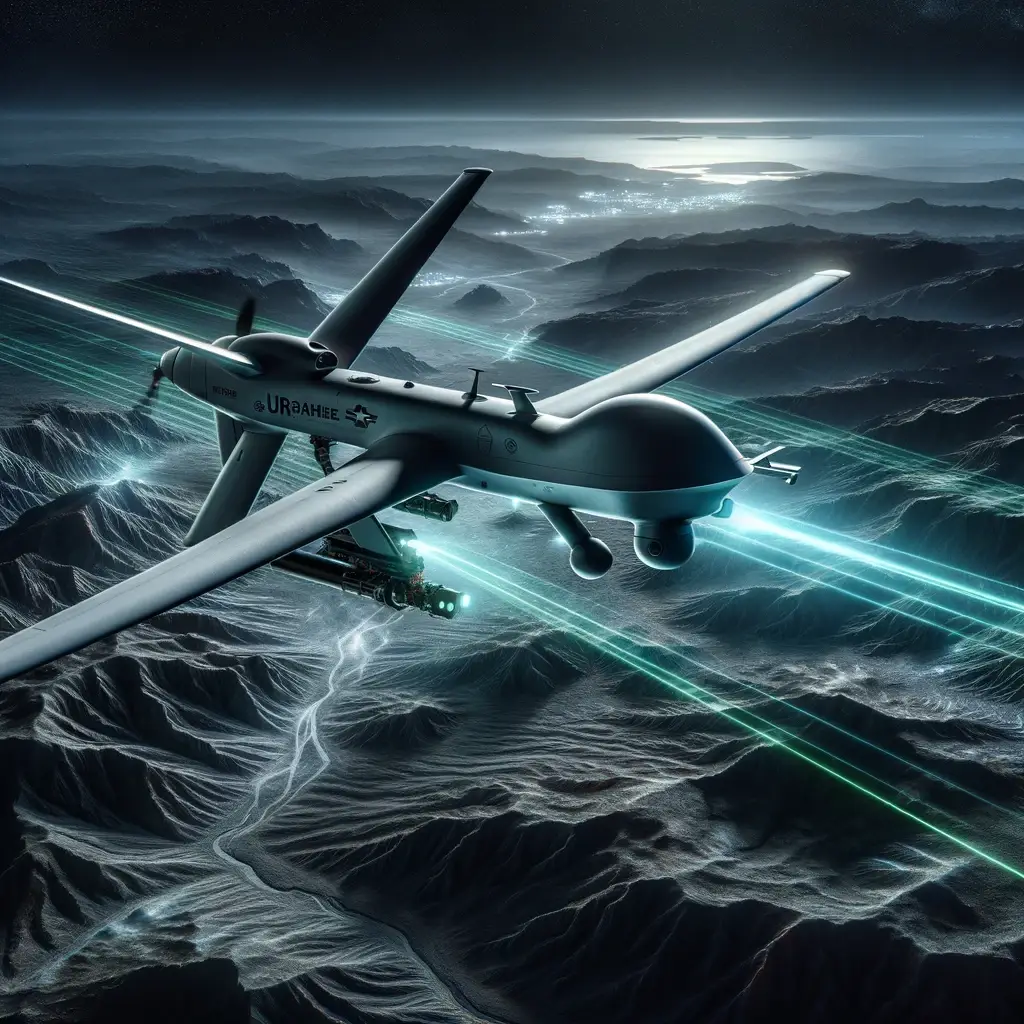
Long-Wave Infrared (LWIR):
Long-Wave Infrared (LWIR) lasers, operating in the 8000 nm to 15000 nm range (8µm-15µm), are pivotal in a variety of applications due to their unique ability to interact with thermal radiation. The use of LWIR lasers spans across several fields including thermal imaging, environmental monitoring, military applications, medical treatments, and laser micro-machining.
Thermal Imaging
LWIR lasers are extensively utilized in thermal imaging for both civilian and military purposes. Their ability to detect thermal radiation makes them ideal for night vision, surveillance, and search and rescue operations. High-performance LWIR photodetectors based on materials like 2D platinum diselenide demonstrate significant potential for advanced thermal imaging and spectroscopy applications due to their responsiveness and speed (Nima Sefidmooye Azar et al., 2021).
Environmental Monitoring
LWIR lasers are also critical in environmental monitoring. They can be used to detect and measure greenhouse gases, pollutants, and other atmospheric constituents, aiding in climate research and pollution control efforts. Innovations in LWIR quantum cascade lasers have led to high-brightness, single-mode outputs, making them suitable for long-distance atmospheric sensing (F. Wang, S. Slivken, & M. Razeghi, 2021).
Military Applications
In military applications, LWIR lasers are used for target identification and tracking, missile guidance systems, and for defensive countermeasures against heat-seeking missiles. The development of high-power, broadly tunable MWIR/LWIR lasers has opened new avenues for sensing applications vital for national security (K. Law et al., 2011).
Medical Treatments
The CO2 laser, a well-known LWIR laser, is extensively used in medical treatments due to its high absorption in water, making it an effective tool for cutting and coagulating tissue. It serves as a versatile surgical instrument in various medical fields, including dermatology, gynecology, and otolaryngology. Its application extends to laser micro-machining for the precise processing of metals and other materials, highlighting its versatility beyond medical use.
Laser Micro-machining
CO2 lasers are crucial in micro-machining for the precise fabrication of components across a wide range of materials, including metals, polymers, and ceramics. Their ability to deliver focused energy at specific wavelengths makes them ideal for cutting, engraving, and structuring materials with minimal thermal damage to surrounding areas.
The wide-ranging applications of LWIR lasers demonstrate their versatility and importance across multiple fields. From enhancing thermal imaging capabilities and environmental monitoring to improving medical treatments and advancing manufacturing processes, LWIR lasers continue to play a pivotal role in technological advancements.

Beam Shapes and Profiling Techniques
Laser beam profilers can measure various beam shapes, including Gaussian, flat-top, and donut modes, among others. Each shape has its significance and application; for instance, Gaussian beams are ideal for focusing to a small spot, while flat-top beams provide uniform intensity over a given area.
Profiling these beam shapes enable the measurement of
· Beam center (X, Y positions)
· Beam size or beam width (major and minor ellipse axes)
· Azimuth angle
· Intensity distribution
· Ellipticity
· Divergence
· ROI size
Providing comprehensive insight into the laser’s performance.
IZAK Scientific’s Beam Profiler Series
IZAK Scientific stands at the forefront of beam profiling technology, offering a comprehensive range of beam profilers catering to UV, VIS, NIR, SWIR, and LWIR spectral bands. These profilers are designed with versatility in mind, capable of measuring a wide array of beam shapes and sizes.
The beam profiler application developed by IZAK Scientific enables online measurements and detailed analysis, facilitating real-time adjustments and optimization of laser systems. This innovative tool is particularly beneficial for applications requiring high precision and reliability, from quantum optics research to industrial material processing.
The detailed information and capabilities of IZAK Scientific’s beam profiler series can be found on their website, providing a deep dive into the specifications and applications of their cutting-edge products. This range of profilers represents a significant advancement in photonics, offering unparalleled precision and flexibility across various applications and industries.
In conclusion, laser beam profiling is a critical component across a wide spectrum of scientific, industrial, and medical fields. The capability to accurately characterize laser beams enhances the development, application, and efficiency of laser technologies. With advanced solutions like those offered by IZAK Scientific, professionals in these fields are equipped with the tools necessary to push the boundaries of what is possible with laser technology.
References:
This list provides a comprehensive overview of the diverse applications and advancements in the field of laser beam profiling, highlighting its critical role in various industries and scientific research.
1. Bonora, S., Beydaghyan, G., Haché, A., & Ashrit, P. (2013). Mid-IR laser beam quality measurement through vanadium dioxide optical switching. Optics Letters, 38(9), 1554-1556.
2. Edwards, J. (1996). Laser measurements in the infrared.
3. Waynant, R., Ilev, I., & Gannot, I. (2001). Mid–infrared laser applications in medicine and biology. Philosophical Transactions of the Royal Society of London. Series A: Mathematical, Physical and Engineering Sciences, 359, 635-644.
4. Jackson, S. (2012). Towards high-power mid-infrared emission from a fibre laser. Nature Photonics, 6, 423-431.
5. Vincelette, R., Noojin, G., Harbert, C. A., Schuster, K., Shingledecker, A. D., Stolarski, D., Kumru, S., & Oliver, J. (2014). Porcine skin damage thresholds for 0.6 to 9.5 cm beam diameters from 1070-nm continuous-wave infrared laser radiation. Journal of Biomedical Optics, 19.
6. Brau, C. (1988). Free-electron lasers. Science, 239, 1115-1121.
7. Allegretti, L., Calò, G., D’orazio, A., De Sario, M., Mescia, L., Palmisano, T., Petruzzelli, V., & Prudenzano, F. (2008). Near and medium infrared fiber optic lasers and applications. 2008 10th Anniversary International Conference on Transparent Optical Networks.
8. Sordillo, L. A., Lindwasser, L. W., Budansky, Y., Leproux, P., & Alfano, R. (2015). Near-infrared supercontinuum laser beam source in the second and third near-infrared optical windows used to image more deeply through thick tissue as compared with images from a lamp source. Journal of Biomedical Optics, 20(3).
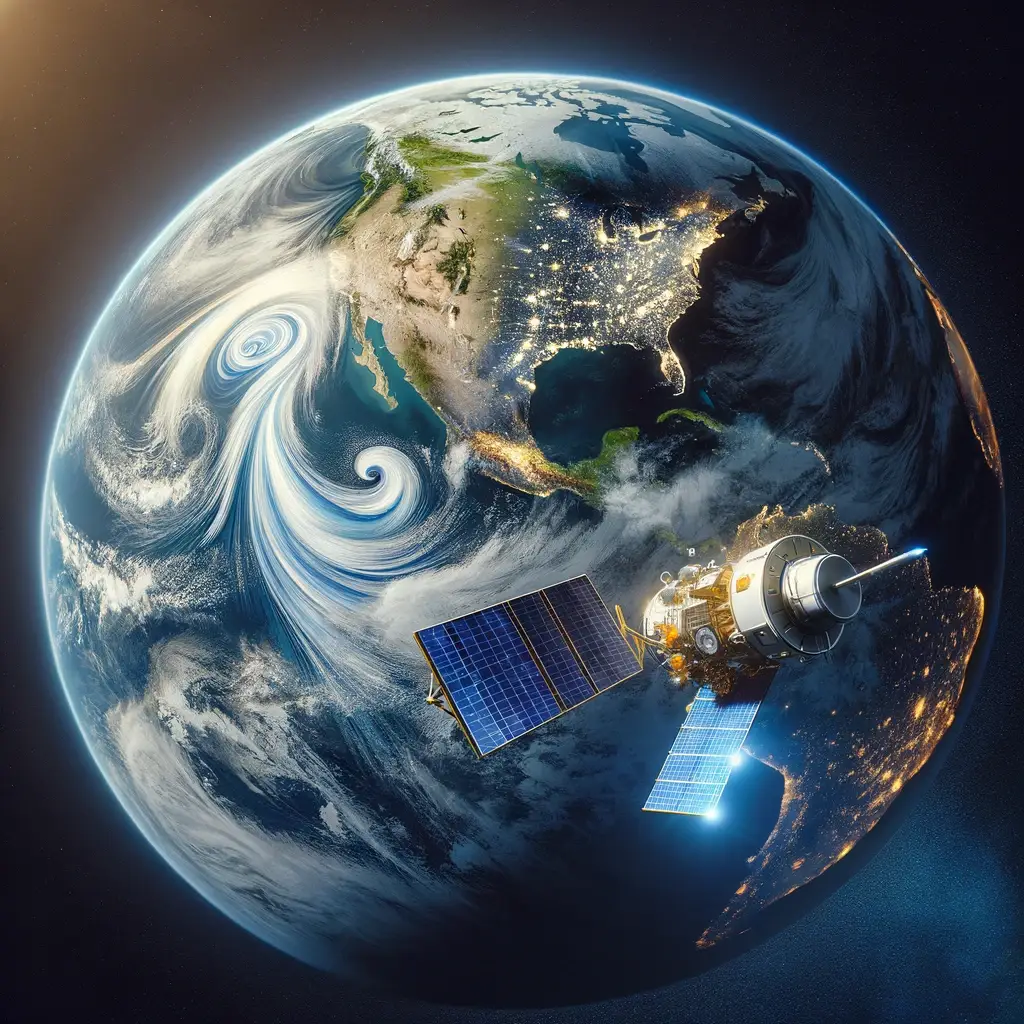
Tzachi Sabati
CEO, IZAK Scientific
Physicist specializing in photonics and quantum technologies, with deep expertise in quantum sensors and advanced optical systems. Leads the Advanced Quantum Lab course at the Technion, bridging academic excellence with industry innovation. At IZAK Scientific, provides cutting-edge photonics-based solutions, developing customized inspection and sensing systems for R&D and production. Passionate about advancing quantum sensing applications and integrating novel technologies to meet industry needs.


